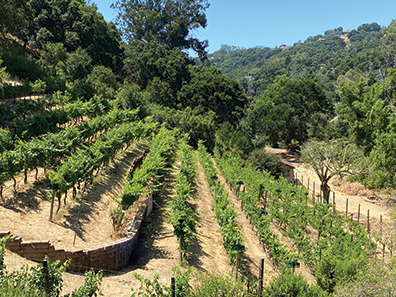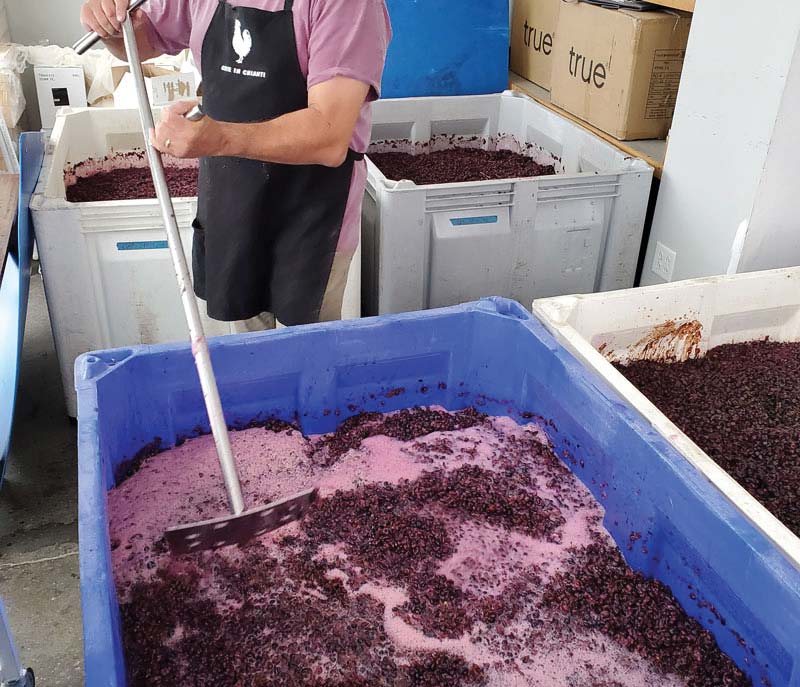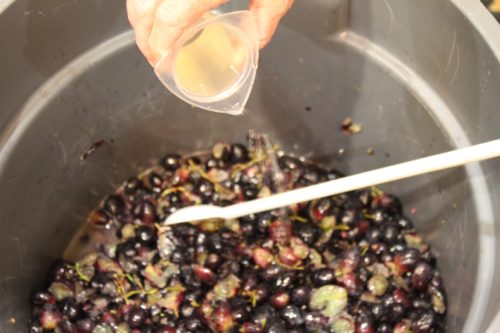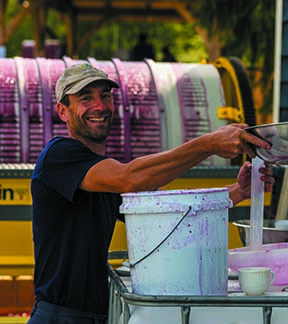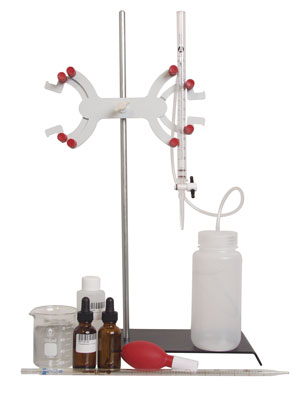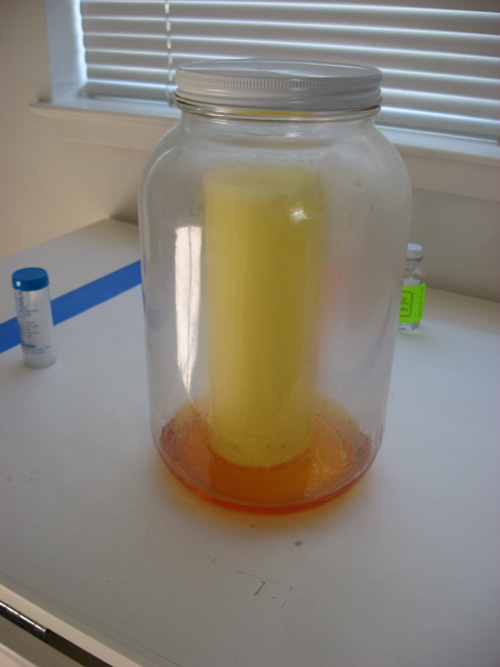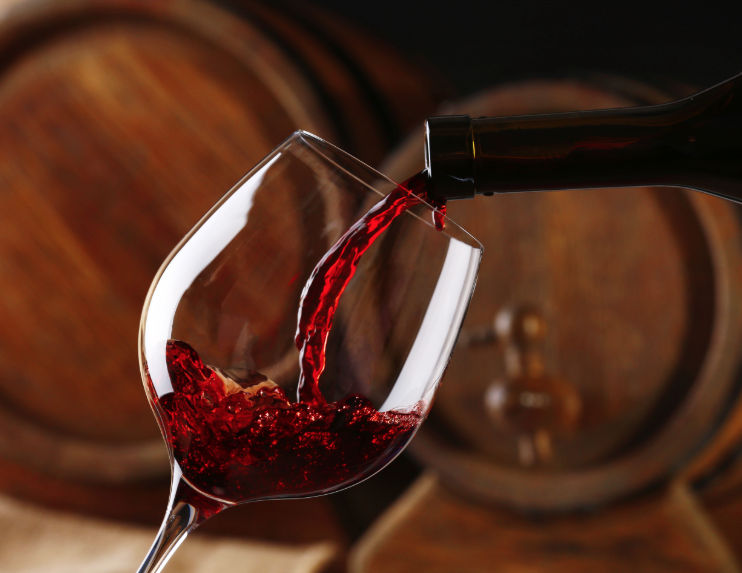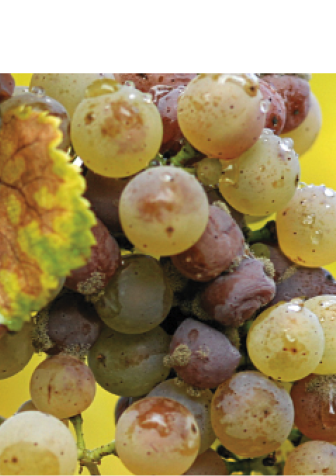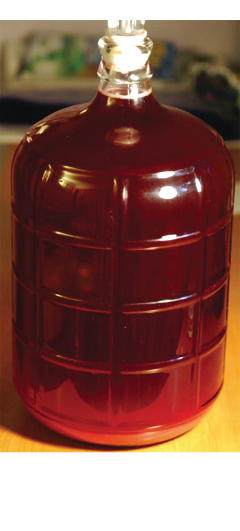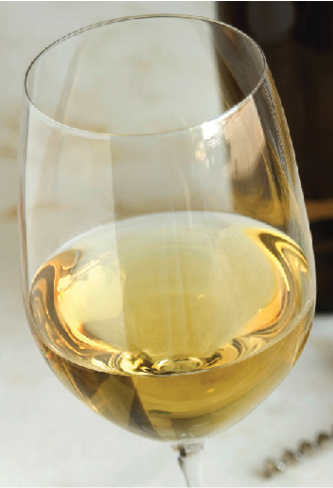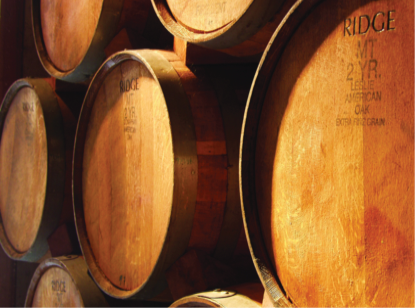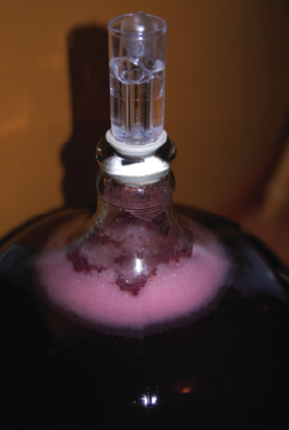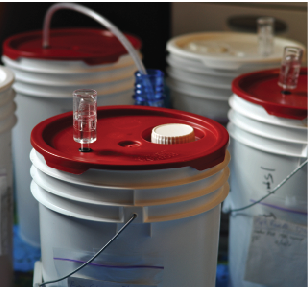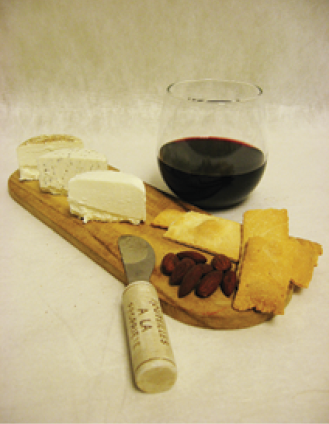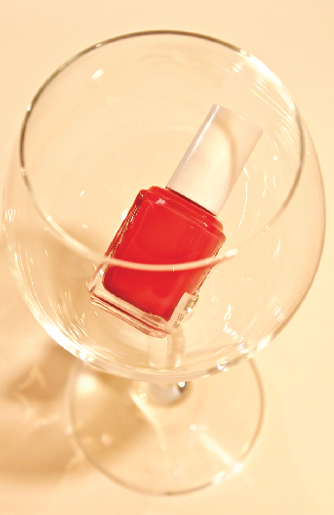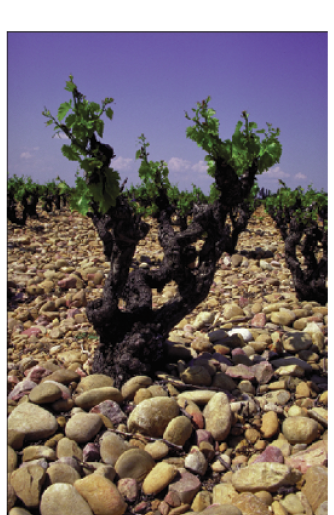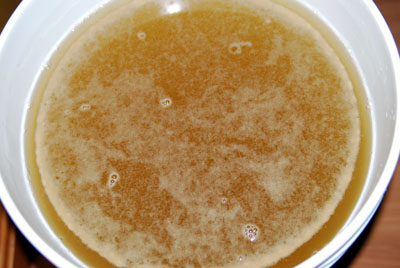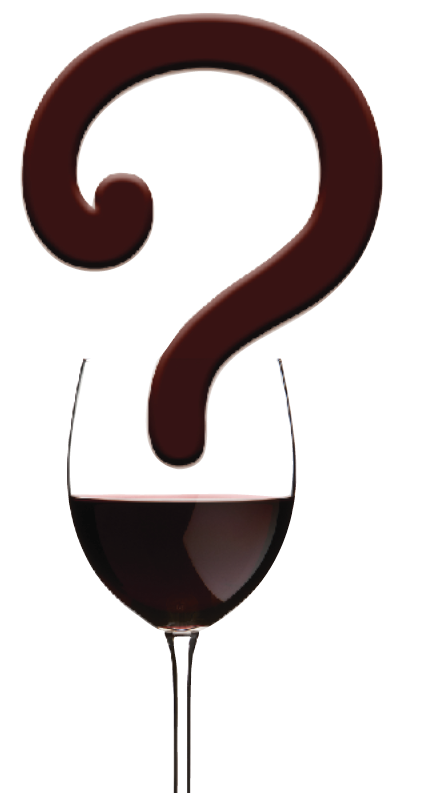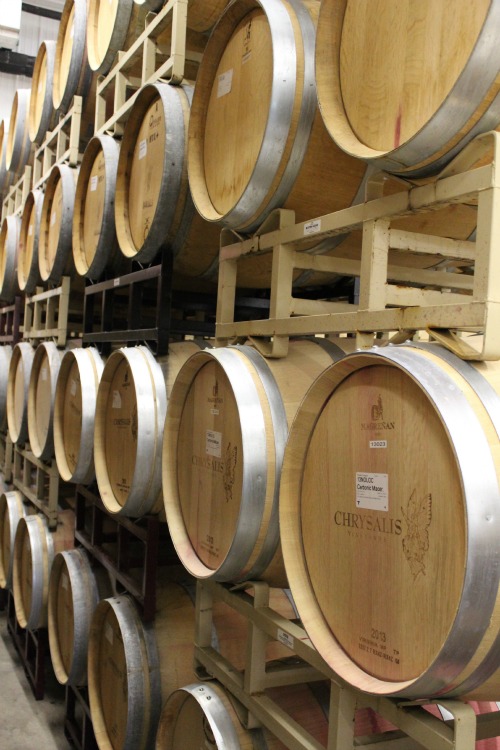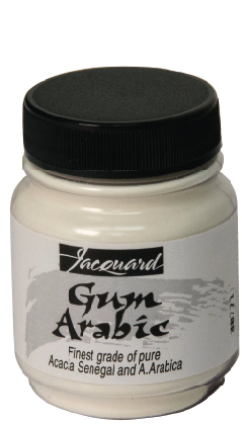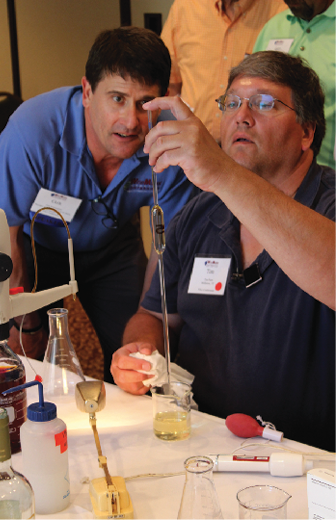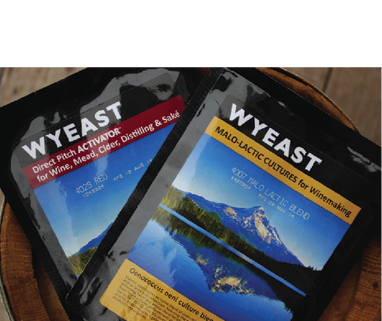Techniques
Topic: Winemaking Science
Chemistry of Must Correction
Clark Smith offers ways to extract the most from your grapes by digging into the chemistry of must correction — including methods to boost color, the impact adding sugar or water may have, and other techniques to keep in mind.
Experimenting With Deficit Irrigation
With ongoing drought concerns in many wine-growing regions, the practice of deficit irrigation is gaining traction, not only for using less water but also for producing higher-quality wine grapes. Learn about two winemakers’ experience with this technique.
A Nitro Boost: Nitrogen’s role in primary fermentation
Wine was made for millennia with little intervention from humans. But let’s be honest, we have no idea how those wines tasted. Today we know that yeast create the wine and keeping them happy is crucial for producing good wine. Learn how nitrogen plays a pivotal role.
Maceration Enzymes: Making the most of these additions
There are a lot of enzyme products available to winemakers, but in general they can be broken into just a few classes. Learn when and why a winemaker might use some of these various enzymes, especially during maceration.
Tannin Additions: Tips from the Pros
A grape’s tannin structure is impacted by varietal, terroir, and growing conditions. Sometimes, grapes lack the tannins desired, and when that happens winemakers have the option of techniques to maximize extraction, adding
Testing for Titratable Acidity
Titratable acidity, or TA, is often viewed as a more advanced test, but it shouldn’t be. With a simple kit and a good pH meter, anyone can measure TA in any wine. Bob Peak has some straightforward advice for winemakers to help you bring balance to your wines through TA.
Testing for Malolactic: Don’t be in doubt
Not all wines should go through a secondary malolactic fermentation (MLF), but for all wines that do undergo this fermentation, testing should be performed since these secondary fermentations can get stuck. Learn some of the basics of performing your own MLF test with paper chromatography.
Oxygen Management for Home Winemakers
Oxidation is one of the most common faults among home (and pro) winemakers. Learn how to protect your wine against the detrimental effects of oxygen.
Detecting, Measuring, and Preventing Volatile Acidity
You’ve worked long and hard to craft that awesome red wine but now, you go down to the cellar to taste a sample out of the carboy or oak barrel to see
Yeast Nutrient Strategies
Grape juice is a pretty tough environment if you’re a yeast cell. The pH is low, there’s high osmotic stress (stress from the environmental conditions being such that the flow of water
Simple Sulfite Wine Chemistry
There is no denying: Sulfur dioxide (SO2) can be a source of headaches for winemakers — even without drinking any wine. Why does SO2 continue to be such a perplexing and confusing
Techniques to Reduce Sulfite Additions
In spite of their long history as wine preservatives dating to the days of the Romans, sulfites can receive a bad rap. Many suspect that sulfites cause headaches or believe that any preservative is harmful, and so, there is a strong push to eliminate — or at least reduce — the use of sulfites and any additives perceived not to be “natural.” Let’s take a look at some of the strategies to reduce sulfite use.
Tannin Chemistry in Wine
It all starts with phenol. The tannins in wine make up one of the subgroups in a larger chemical family known as polyphenols. Those, in turn, are made up of phenol-derived molecules
Using Winemaking Enzymes
Many winemakers shun the use of additives, including enzymes, to respect the wine’s “naturalness.” But juice is laden with natural enzymes, and once inoculated with yeast, fermenting wine is under the control
Understanding Oxygen and Oxidation in Winemaking
As budding winemakers, one important principle we heed is protecting juice (must) and wine from oxygen’s baneful effects. But then we learn that yeast needs a “little” oxygen for a good fermentation,
The Science of Food and Wine Pairing
“Carignane and goat cheese,” said Tony Ross, wine educator at Passalacqua Winery near Healdsburg, California. During a judging session for a local home wine competition, Tony and I were on the same
Higher Alcohol Off-Odors in Wine
Did you ever create a wine that seemed more viscous than your typical wine, or which may have exhibited heavier fruity odors, or perhaps a solvent-like smell? The culprits may well be
Managing Minerals in Winemaking
Mineral deficiencies or excesses can become sources of frustration for amateur winemakers because minerals, metals, and other ionic substances cannot be easily measured and their role in biochemical and chemical reactions can be quite complex. So where do these substances come from and how can they be best managed in a home winery?
Yeast Impact on Wine Aroma and Flavor
If you are of the opinion that yeast selection does not matter and that the only role of yeast is to convert sugar into ethyl alcohol (ethanol), you may have been missing out on making more complex wines.
Top 10 Winemaking Myths
As in many practices with a longstanding tradition before the scientific knowledge caught up, the field of wine and winemaking has its share of myths, misconceptions, and sheer quackery.
Impact of Barrel Kinetics and Dynamics on Wine
Oak barrels have long been used primarily for aging red wines but also to shape the style of certain white varietals, such as Chardonnay, into fuller-bodied wines. Oak wood imparts what is
Gum Arabic: Winemaking’s Secret Weapon
Gum arabic can do so many great things for your wines, from improving mouthfeel, making a thin wine taste fuller bodied, rounding out rough edges of grape tannins, increasing persistence of bubbles in sparkling wine, prolonging the action of metatartaric acid, to treating iron-induced oxidation problems.
The Relationship of pH and Acid in Winemaking
Home winemakers know pH and acid are related when they make wine. Beyond that, the details sometimes get a little fuzzy. Shedding some light on how these important parameters are — and
Using Outside Labs to Run Analysis Tests on your Wine
There is lots of information out there about how to run various juice and wine analytical procedures at home if you want to do that. If you do not want to run
Co-Inoculation with Wine Yeasts and Bacteria
Ask 5 winemakers and you may get 6 opinions about co-inocculation. But what does the science say?

